after my visit. As long as I have been interested in English Country Houses, I have yearned to visit Penshurst Place in Kent, near Tonbridge. It was definitely worth waiting for. Their website is here.
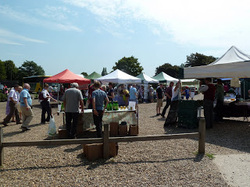
ciders.
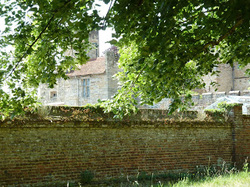
many others still exist, the Baron's Hall (built 1341) is, according to the guidebook and my don (professor), "the best preserved example of 14th century domestic architecture in England."
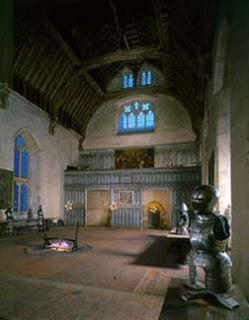
This is where the members of the household lived, ate, slept -- and died. The fire pit in the center of the hall was vented through the roof, so it would have been smoky, as well as crowded, smelly, and noisy. If danger threatened, many
more people -- farmers, shepherds, villagers -- would crowd in for
protection. The Lord of the Manor and his family ate at the High Table on a raised dais, but probably withdrew to the Solar for most of their activities.
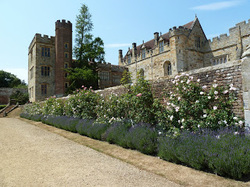
Lord Warden of the Cinque
Ports, the enlarged house became the home of the Sidney family, various branches of which have owned it ever since.
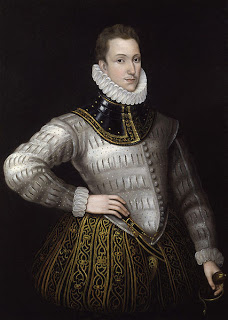
Penshurst was the birthplace of Sir Philip Sidney (1554-1586), one of those amazing examples of the Renaissance man: courtier, statesman, soldier, and poet, known for his honor and virtue. There are hundreds of fascinating stories about the people who lived here, or wanted to: feuders, plotters of intrigue, scandalous characters, builders, and wastrels, as well as many government officials, country gentlemen and ladies who were sober and industrious -- and everything in between the miscreants and the gallants. The interiors of the house are fascinating, showing features from many centuries and reflecting the history of the family -- but again, there are no photos permitted. Why? Talk about cutting off your own nose, etc. Below, looks like somebody scanned the Long Gallery photo from the guidebook.
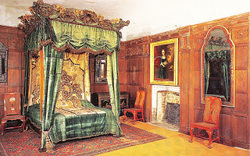
Here's another interior, the Panelled Room, with its magnificent bed.
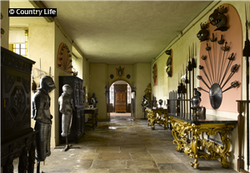
Left, the Nether Gallery, with its collection of arms and armor, from Country Life magazine.
Below, the gardens at Penshurst Place are spectacular.
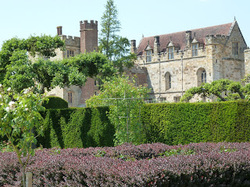
Dudleys, Perrys, Shelleys, Spencers, and Churchills; Dukes of
Northumberland; Lady Jane Grey; Earls of Leicester, Salisbury, Sunderland, and Bridgewater, and the Duke of Clarence, later King William IV. His daughter by the actress Dora Jordan, Lady Sophia FitzClarence, married Philip Sidney, 1st Lord L'Isle and Dudley (1800-1856).
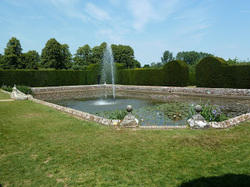
There are many wings of the house which are not open to tourists, but I felt quite satisfied with seeing the oldest areas, which are mpressively preserved.
Bravo, Viscount D'Lisle!!

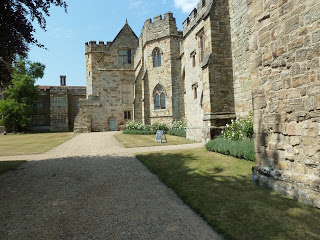
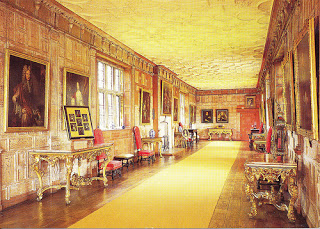
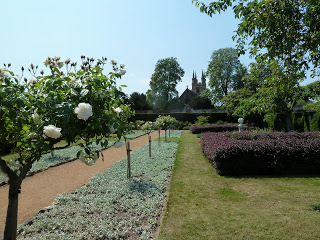
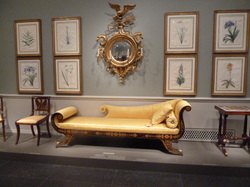
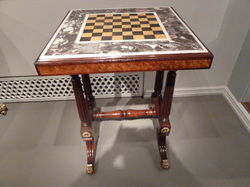
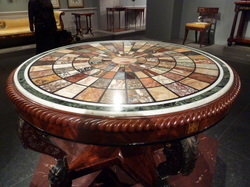
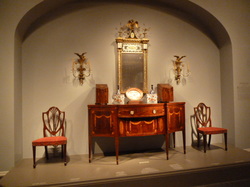
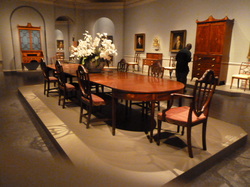
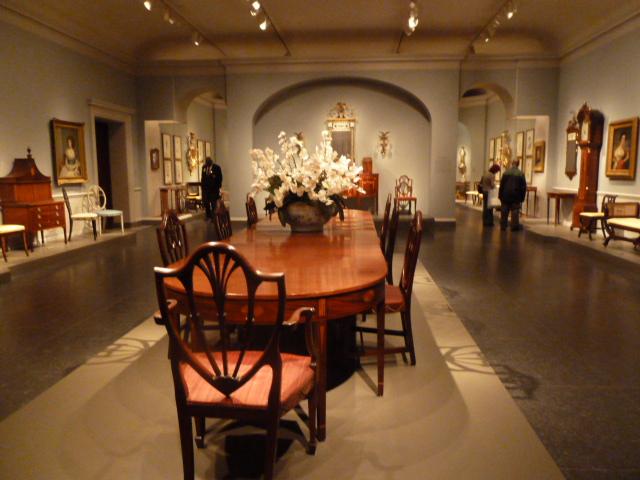
 RSS Feed
RSS Feed